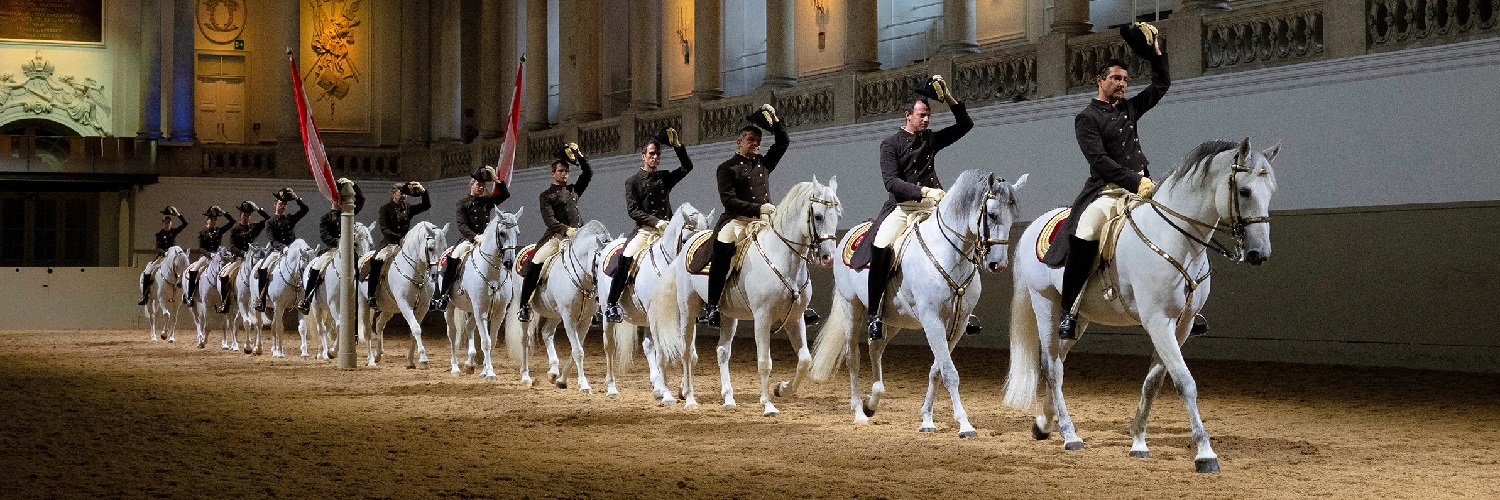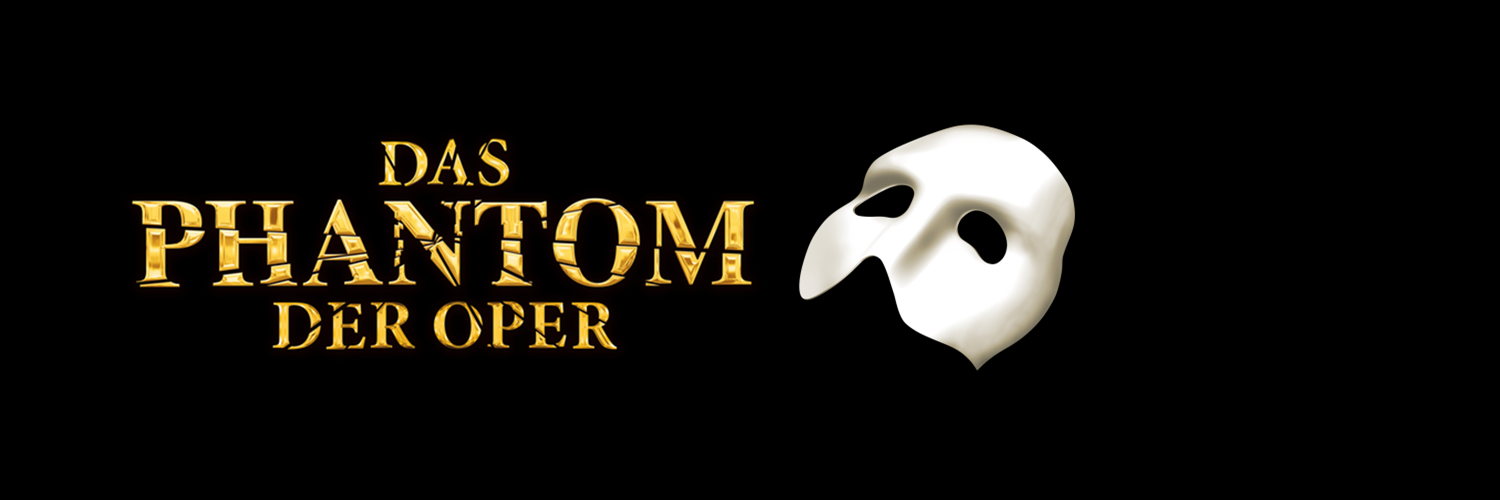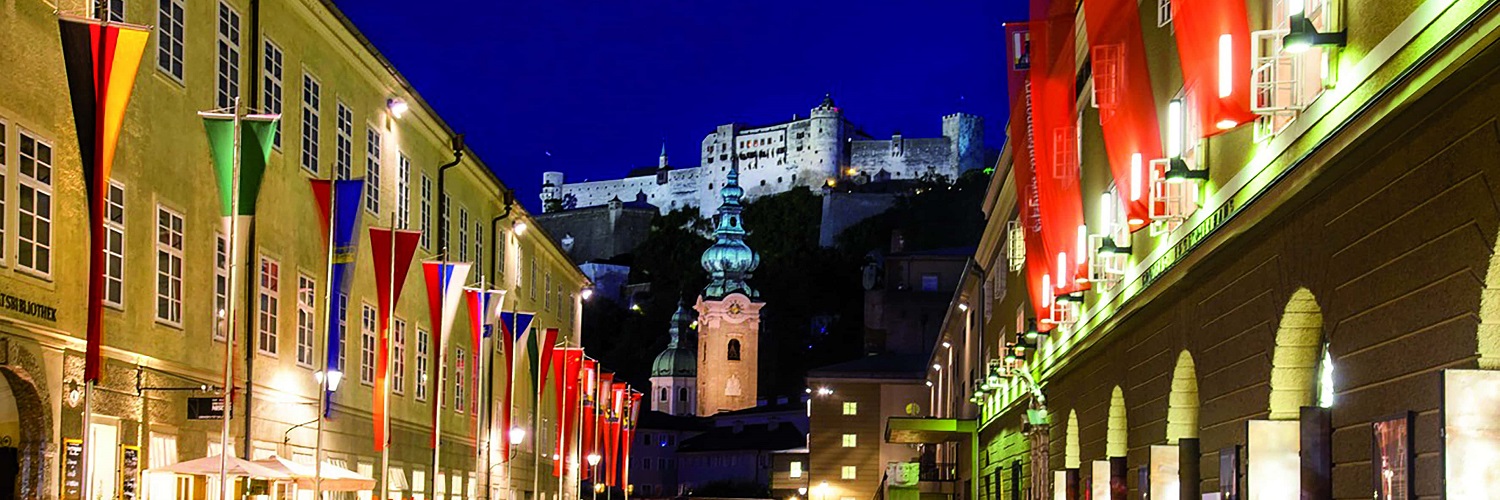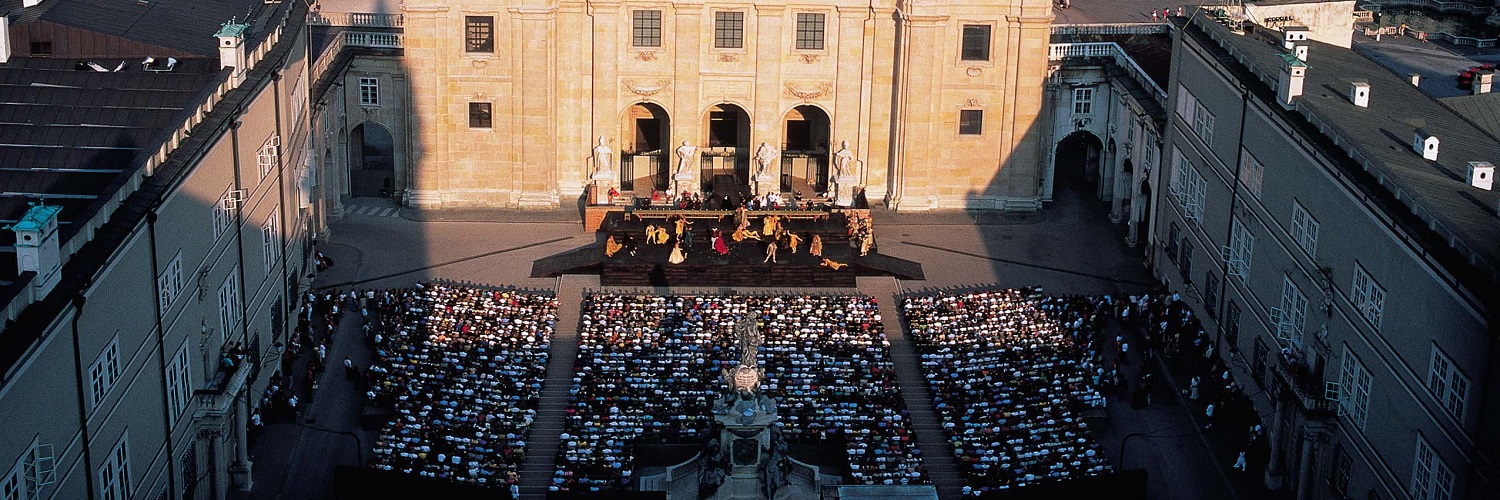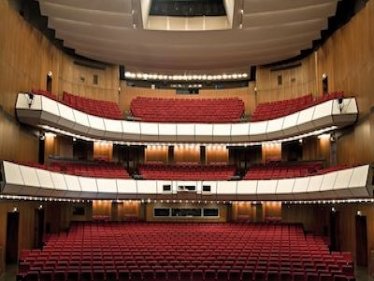Sinfonie Nr.1 / One Flat Thing Reproduced / Ulenspiegeltänze - Schedule, Program & Tickets
Sinfonie Nr.1 / One Flat Thing Reproduced / Ulenspiegeltänze
SINFONIE NR. 1 (URAUFFÜHRUNG) Remus Şucheană
ONE FLAT THING REPRODUCED William Forsythe
ULENSPIEGELTÄNZE (URAUFFÜHRUNG) Martin Schläpfer
SINFONIE NR. 1 (URAUFFÜHRUNG) Remus Şucheană
“Vengeance is mine, and retribution, says the Lord” is the Biblical epigram that Sergei Rachmaninov applied to his first great work – the Symphony No. 1 in D minor op. 13 – and is also used to introduce Leo Tolstoy’s novel “Anna Karenina”. In his “youth symphony” Rachmaninov unites a series of themes that emerge episodically with a bombastic and rousingly rhythmic musical language. In the symphony’s four movements Remus Şucheană sees images of war, of destruction and the consequences that follow. Having created a magical world filled with imaginary creatures for “Fantaisies” in b.37, his “Sinfonie Nr. 1” is anchored in reality and presents the theme of man’s existence on earth and its cycles of peace and insurrection to a music that he describes as “rich, brave and full of treasures”.
ONE FLAT THING REPRODUCED William Forsythe
As long ago as the 1970s William Forsythe revolutionized dance by unexpectedly developing academic ballet. At a time when others were distancing themselves from the classic genre, he enriched its vocabulary with forms, which had previously been regarded as flawed. Movements were distorted, bent out of shape, taken apart and reassembled in a different space. “One Flat Thing Reproduced” – first performed in the year 2000 by Ballett Frankfurt – stands at the end of this spectrum of research. Inspired by books about expeditions to the South Pole, Forsythe evolved a choreography that becomes progressively condensed until reaching its climax in the seeming chaos of bodies amid 20 perfectly arranged tables. The choreographer compares these tables to ice: he describes them as smooth and presenting unforeseen dangers. Created to music by Thom Willems, “One Flat Thing Reproduced” is a work of breath-taking choreography, of losing oneself in pulsating rhythm.
ULENSPIEGELTÄNZE (URAUFFÜHRUNG) Martin Schläpfer
“This is music I have never created dance for”, admits Martin Schläpfer, who was himself seen on stage in Sergei Prokofiev’s “Romeo and Juliet” innumerable times, on the subject of his choice of the Soviet composer’s 7th Symphony written in 1951 for his new ballet “Ulenspiegeltänze”. He is fascinated by what is “hidden, shut away, said quietly but also this sometimes incredibly superficial energy and lightness, conjured up with such a lack of fuss by a composer who no longer wants, needs or is able to force anything“ – a music through whose “hypocrisy and sarcasm, mischievousness and clown-like accusation” Ulenspiegel stares back at him, described by Daniel Kehlmann in his latest novel “Tyll” as an enigmatic prankster who decides one day that he will never die but instead “go through the darkness with a laugh that might also be a grin”.
Subject to change.
ONE FLAT THING REPRODUCED William Forsythe
ULENSPIEGELTÄNZE (URAUFFÜHRUNG) Martin Schläpfer
SINFONIE NR. 1 (URAUFFÜHRUNG) Remus Şucheană
“Vengeance is mine, and retribution, says the Lord” is the Biblical epigram that Sergei Rachmaninov applied to his first great work – the Symphony No. 1 in D minor op. 13 – and is also used to introduce Leo Tolstoy’s novel “Anna Karenina”. In his “youth symphony” Rachmaninov unites a series of themes that emerge episodically with a bombastic and rousingly rhythmic musical language. In the symphony’s four movements Remus Şucheană sees images of war, of destruction and the consequences that follow. Having created a magical world filled with imaginary creatures for “Fantaisies” in b.37, his “Sinfonie Nr. 1” is anchored in reality and presents the theme of man’s existence on earth and its cycles of peace and insurrection to a music that he describes as “rich, brave and full of treasures”.
ONE FLAT THING REPRODUCED William Forsythe
As long ago as the 1970s William Forsythe revolutionized dance by unexpectedly developing academic ballet. At a time when others were distancing themselves from the classic genre, he enriched its vocabulary with forms, which had previously been regarded as flawed. Movements were distorted, bent out of shape, taken apart and reassembled in a different space. “One Flat Thing Reproduced” – first performed in the year 2000 by Ballett Frankfurt – stands at the end of this spectrum of research. Inspired by books about expeditions to the South Pole, Forsythe evolved a choreography that becomes progressively condensed until reaching its climax in the seeming chaos of bodies amid 20 perfectly arranged tables. The choreographer compares these tables to ice: he describes them as smooth and presenting unforeseen dangers. Created to music by Thom Willems, “One Flat Thing Reproduced” is a work of breath-taking choreography, of losing oneself in pulsating rhythm.
ULENSPIEGELTÄNZE (URAUFFÜHRUNG) Martin Schläpfer
“This is music I have never created dance for”, admits Martin Schläpfer, who was himself seen on stage in Sergei Prokofiev’s “Romeo and Juliet” innumerable times, on the subject of his choice of the Soviet composer’s 7th Symphony written in 1951 for his new ballet “Ulenspiegeltänze”. He is fascinated by what is “hidden, shut away, said quietly but also this sometimes incredibly superficial energy and lightness, conjured up with such a lack of fuss by a composer who no longer wants, needs or is able to force anything“ – a music through whose “hypocrisy and sarcasm, mischievousness and clown-like accusation” Ulenspiegel stares back at him, described by Daniel Kehlmann in his latest novel “Tyll” as an enigmatic prankster who decides one day that he will never die but instead “go through the darkness with a laugh that might also be a grin”.
Subject to change.
There are no products matching the selection.

